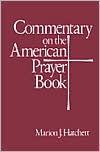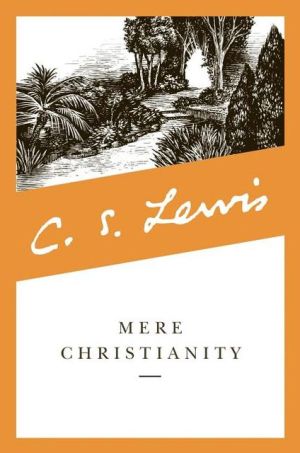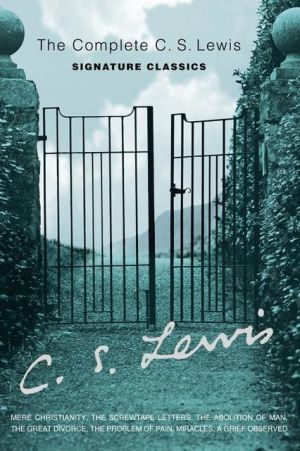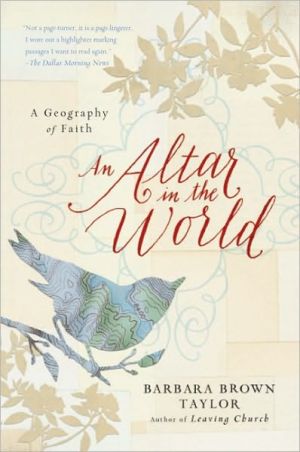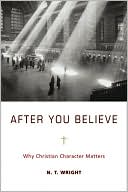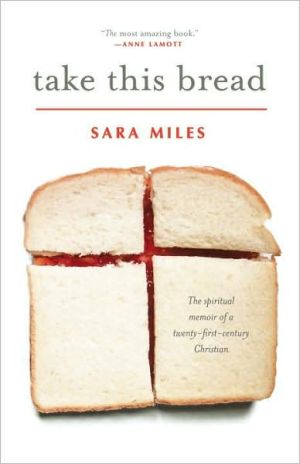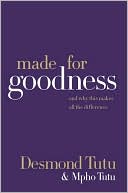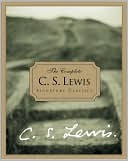Commentary on the American Prayer Book
Traces and comments upon the sources, history, and development of each of the rites and formularies of the book from the earliest known forms until the present day.
Search in google:
Traces and comments upon the sources, history, and development of each of the rites and formularies of the book from the earliest known forms until the present day.
Introduction\ The first Christians had no explicitly liturgical books. Apparently they continued the ritual pattern of Judaism, but interpreted and remodeled it in accordance with the Christian gospel. Once the church moved further from its Jewish roots and sought to adapt itself to the languages, culture, and thought of the Gentile world, there developed a type of book, the church order, which contained descriptions of various liturgies, models for prayers, and directions for the conduct of rites. The most important of these orders still extant are: the Didache, an Eastern document probably dating from the second century; the Apostolic Tradition of Hippolytus, usually considered a Roman document, dating about A.D. 215; the Didascalia, a third century Syrian document; and the Apostolic Constitutions, a Syrian document of the late, fourth century which used the three earlier church orders as sources.\ Early in the fourth century, Christianity was officially recognized by the Roman State. The monastic movement and the theological controversies of the period led to elaboration of the liturgy, more theological definition within the rites, strict regulation of the functions of various orders of ministers, and the establishment of fixed, written texts. During the fourth and fifth centuries the church orders were supplemented or replaced by libelli (booklets) which were eventually put together to form books for those responsible for various parts of the rites. The celebrant, for example, had a sacramentary which contained the prayers to be read by him. The reader's parts were written or indicated in a lectionary which mighthave been in any of three forms: (1) a table which indicated the beginnings and endings of the readings; (2) a marked Bible; (3) a collection of pericopes or selections. In another book were the litanies and any other portions of the rites for which a deacon might be responsible. The cantor and choir had antiphonary, psalter, gradual, or hymnal as might be appropriate. Fixed portions of the rites were said from memory. A gathering of participants was necessary at the celebration of a eucharist, daily office, baptism, marriage, or burial.\ As liturgies developed in various parts of the empire, they acquired different characteristics. Eastern forms retained ancient practices and structures, with a highly developed ceremonial and hymnody, and texts rich in biblical and homiletic content. In theory, the rite has always been in the vernacular, with litanies and icons having a prominent place in the liturgy. The theology is centered on the resurrection (eschaton) and retains more tension between "chronos," chronological time, and "kairos," the fulfillment of time, than that of the West.\ Western liturgies are of two principal kinds, the Gallican and the Roman. Until late in the eighth century, the Roman rite was limited to Western North Africa, Roman missionary outposts, and the city of Rome. The Gallican was the rite of Western Europe until the Roman gradually superseded it. In contrast to the Eastern and Gallican rites, the Roman was characterized by simplicity, brevity, and a somber quality. It contained little popular hymnody or vocal participation by the congregation. At a relatively early date, the number of readings was reduced, and preaching and the prayers of the people were dropped.\ Gallican rites, largely suppressed between the eighth and twelfth centuries, differ from the Roman in certain general characteristics. They were characterized by a multiplicity of texts and elaborate ceremonial; like the Eastern liturgies, Gallican liturgies were basically conservative in structure (for example, they retained the custom of three readings and the prayers of the people after these had been dropped from the Roman rite). Within a fixed framework there was a variety of elaboration drawn from both Eastern and Western sources, allowing much vocal participation by the congregation. Homiletic material was extensive, and the rites as a whole had a highly poetic quality.\ Some prayers and formularies in the 1979 Prayer Book have been derived from, or strongly influenced by, ancient church orders and the Eastern liturgies. Numerous prayers and formularies come from early Roman and Gallican sacramentaries. (In the text these are identified by number in the current scholarly, critical editions.) Most important among the Roman sacramentaries are the Leonine, the Gelasian, and the Gregorian.\ The alliance of the papacy with the Holy Roman Empire stimulated a concerted effort to suppress the Gallican rites, making the Roman rite a symbol of unity. The ninth century was a time of illiteracy and superstition; few of the laity could understand the Latin of the rites, and many of the clergy were poorly educated, unable to preach competently, unskilled in the words and actions of the Mass. Monks occupied the more prominent positions in the church and, as the parochial system expanded rapidly, bishops were no longer able to function in the role of pater familias to the people. Presbyters often took on many of the responsibilities formerly belonging to the episcopate. The eleventh century brought massive reorganization and revision of liturgical books; further efforts were made to suppress the Gallican rites. The Fourth Lateran council in 1215, in company with the papal court and the Franciscan Order, supported further revision and moves toward uniformity.\ Romanizing of the Gallican rites had begun even before the days of Charlemagne, as Roman commemorations and texts gradually replaced or supplemented Gallican forms. In the Bobbio missal, for example, is a eucharistic rite that is Gallican through the Sanctus, then Roman to the close of the rite. The Celtic Stowe missal contains a Roman canon in its Eucharist, but the canon has all the elements of a Gallican eucharistic prayer: a Gallican post-Sanctus, Gallican expansion of the institution narrative, and a normal Gallican postinstitution supplication. Even the essentially Gallican Missale Gothicum and Missale Gallicanum vetus contain some Roman forms.\ Some evidence of Gallicization in the Roman rite appears in the Gelasian sacramentary, but the Gallicizing process was greatly accelerated by efforts to suppress the Gallican rites. A Gallican supplement, probably by Benedict of Aniane, was added to the Gregorian sacramentary, providing propers, rites, and ceremonies which were important in the liturgical life of the Gallican people. Many such incorporations into the Roman rite eventually affected the books used in Rome itself and then spread elsewhere. For example, in the eleventh century the Gloria in excelsis came into normal use and the Nicene Creed was included in the eucharistic rite....\ Commentary on the American Prayer Book. Copyright © by Marion J. Hatchett. Reprinted by permission of HarperCollins Publishers, Inc. All rights reserved. Available now wherever books are sold.
